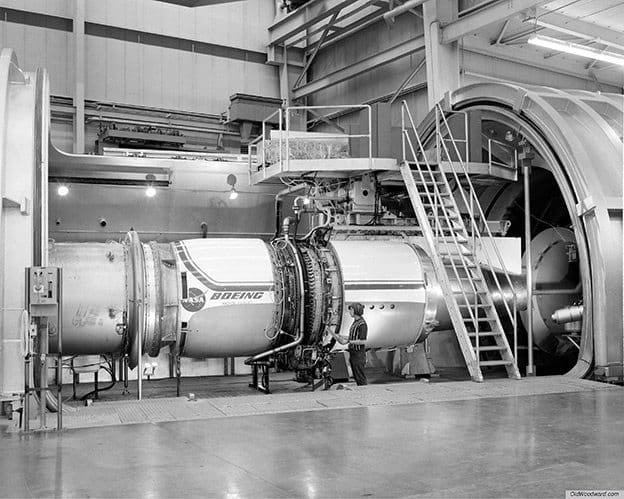Controlling noise
This manual presents a review of applicable sound and vibration-level criteria, sound level data for reciprocating and turbine-type engines driven by gas and liquid fuels, a basic approach for evaluating an engine noise problem, procedures for controlling engine noise and vibration, and examples that illustrate the entire system analysis.

The sound level data quoted in the manual are based on measurements of more than 50 diesel and natural gas reciprocating engines and more than 50 gas turbine engines.
This inclusion means that designs based on the data and methods used in the manual will provide design ‘protection for approximately 80 to 90 percent of all engines in any random selection.
The few remaining engines may have sound levels of possibly 1 to 5 dB above the values used here. Sound power level data are quoted for the engines,
Typical problems of uncontrolled noise
The noise of a typical engine-driven electric generator is great enough that it can cause some loss of hearing to personnel working in the same room with the engine, and the noise radiated outdoors by an unenclosed engine can be heard a mile away and can disturb the sleep of people living a half-mile away – if adequate noise control measures are not taken.
These two extremes show the range of the problems that may be encountered with a power plant, and they illustrate the range of noise problems covered by this manual. A few specific examples are listed and discussed briefly.
| Title: | Power Plant Accoustic |
| Format: | |
| Size: | 3.4 MB |
| Pages: | 96 |
| Download: | Right here | Video Courses | Membership | Download Updates |


